I have recently been called upon to make a series of informal portraits and small group images. I try to use mostly available light, but I’ve found that a bit of on-camera or nearly-on-camera flash fills the shadows in eye sockets and makes for a more pleasing image with a heck of a lot less work in postproduction. I’ve been using the Godox AD 360II with an over-the-shoulder battery pack, and it is overkill for the task, and awkward for me to use from a wheelchair.
So, when I was looking at the New York Times website earlier in the week and an ad popped up for a small flash unit, I clicked on it, and eventually bought the product from B&H.
This is an inexpensive flash, but it comes in a box that would make Apple proud.
I opened up the packaging, and charged up the built-in Lithium battery using the USB-C port on the side of the flash.
This is not a smart flash. I intend to use it fully manually, so I haven’t — and won’t — explore its limited automation features.
Flipping the flash over and popping open the cover reveals the flash tube, and an old-fashioned folding reflector like the one that I used in the 1950s with my Nikon S2.
See that red switch in the top of the above image? Pushing on that pops out the flash tube. The flash won’t fire unless the tube is extended — you probably don’t need to ask me how I know that. In case you’re like me and don’t read manuals for these kinds of things unless something goes wrong, there are two pictures that you can see when you flip open the cover that tell you what to do.
Here’s what it looks like with the reflector unfolded.
Curiously, there’s no latch to lock the reflector open. It seems to work fine without one.
One nice thing about this arrangement is that you can have nearly a bare-bulb flash just by not opening the reflector.
I can’t find a rating in watt-seconds, but my guess is around 50. The ISO 100 full power guide number in meters is about 14. So f/14 at 1 meter, f/7 at 2 meters, f/3.5 at 4 meters, etc. But that’s for use where the flash is the sole illuminant. I’ll be using it between 2 and 4 stops down from that, so it should have enough power for my purposes. You can decrease the power in one-stop steps from full to 1/64. One-third stop steps would be better for my use.
What about coverage? Limited. Here are shots with a Z8 and the 24-70/2.8 S lens at f/8, of a white wall about two feet from the camera, using the reflector.
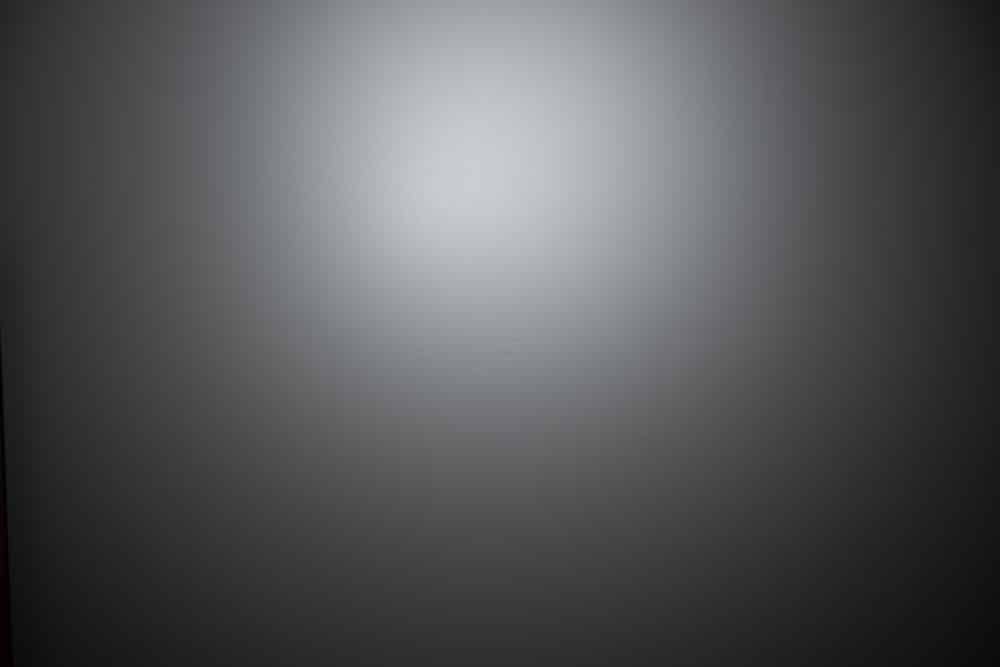
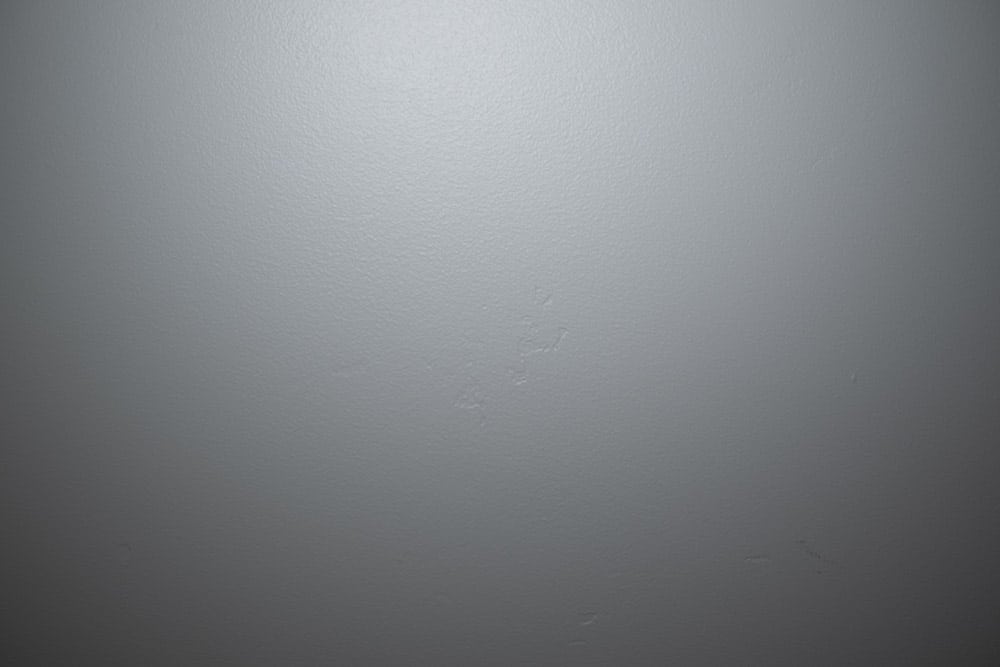
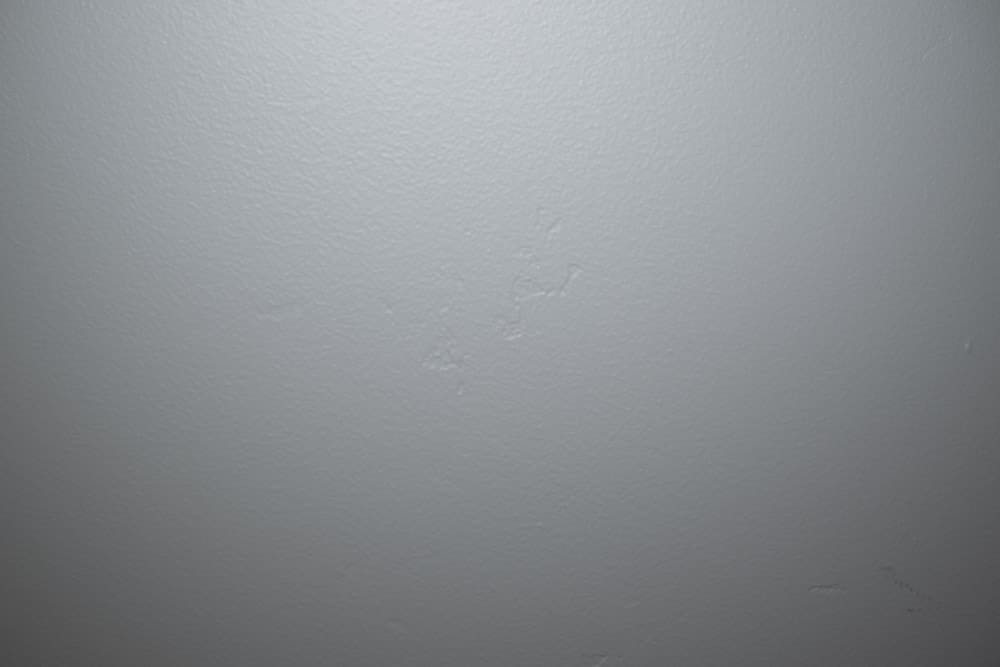
The vertical angle has limited adjustability, but enough to center the illumination at any subject distance of 2 feet or more. There are no settings for that. You have to guess the angle, take a shot, and iterate until the flash lights the part of the frame you’re interested in. Bounce flash? Forget it.
Some pictures on a camera:
There’s enough distance between the optical axis of the flash and that of the camera so that red-eye shouldn’t be much of an issue.
If you need a diffuser, a handkerchief makes a good impromptu one:
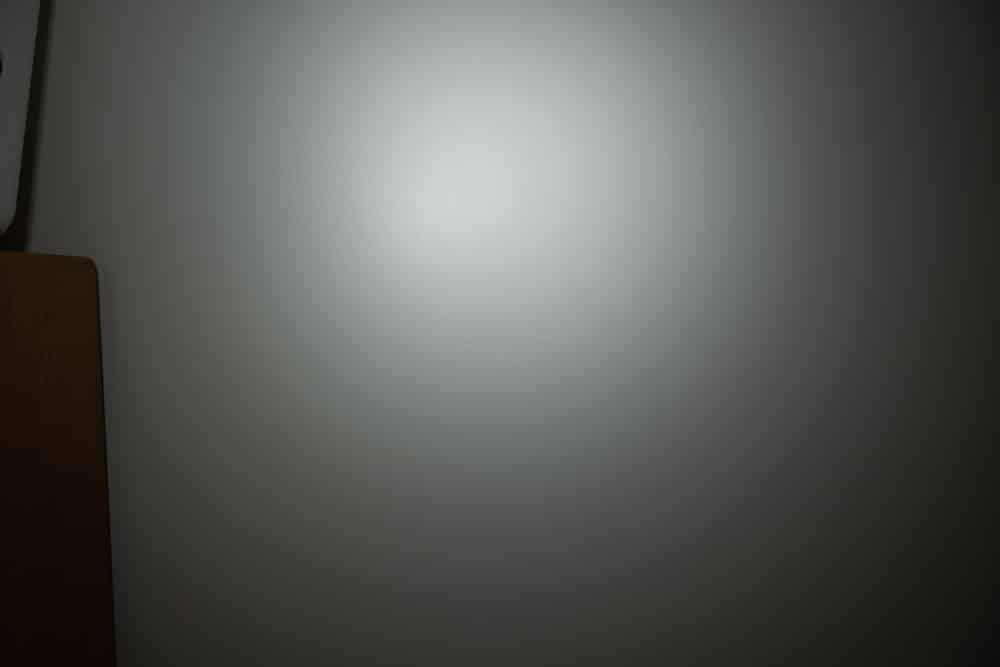
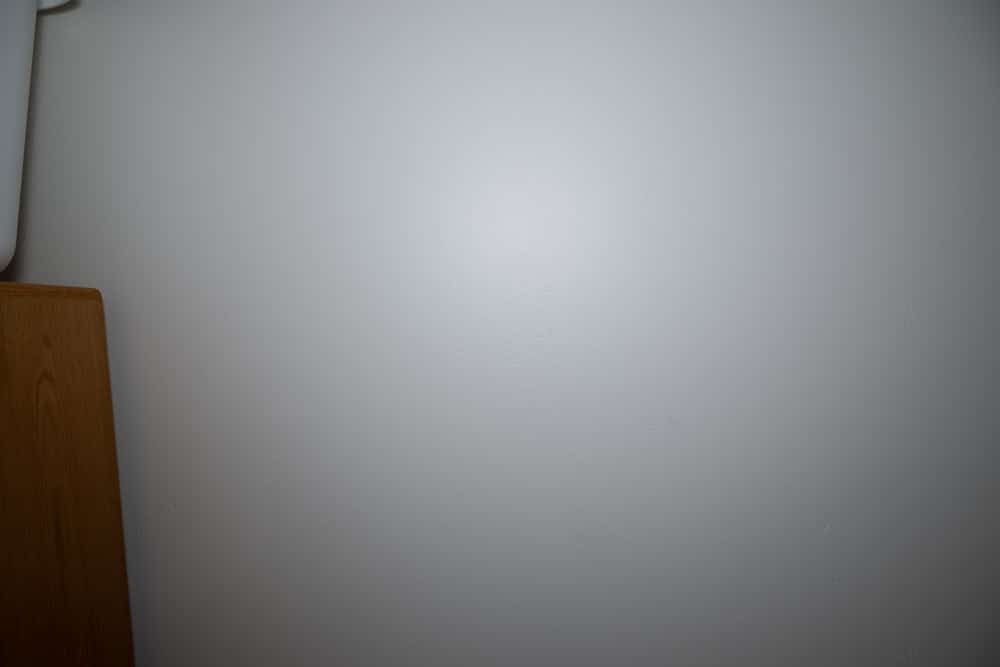
Here’s a commercial diffuser on the flash:
And here’s what the illumination is like with that diffuser with the lens set to 24mm:
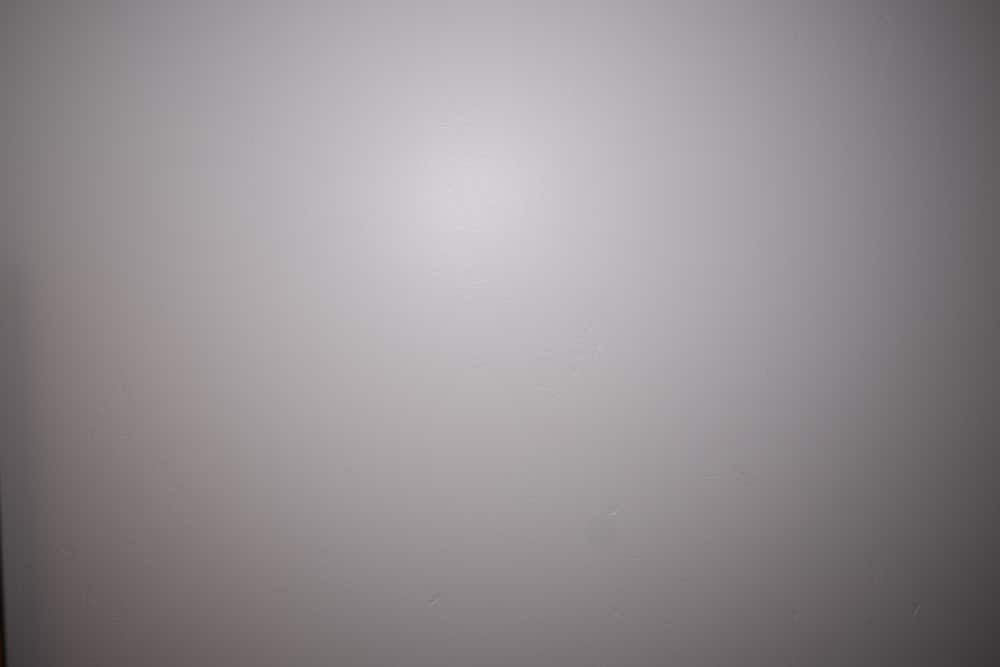
All in all, a nice piece of kit, if a little specialized.
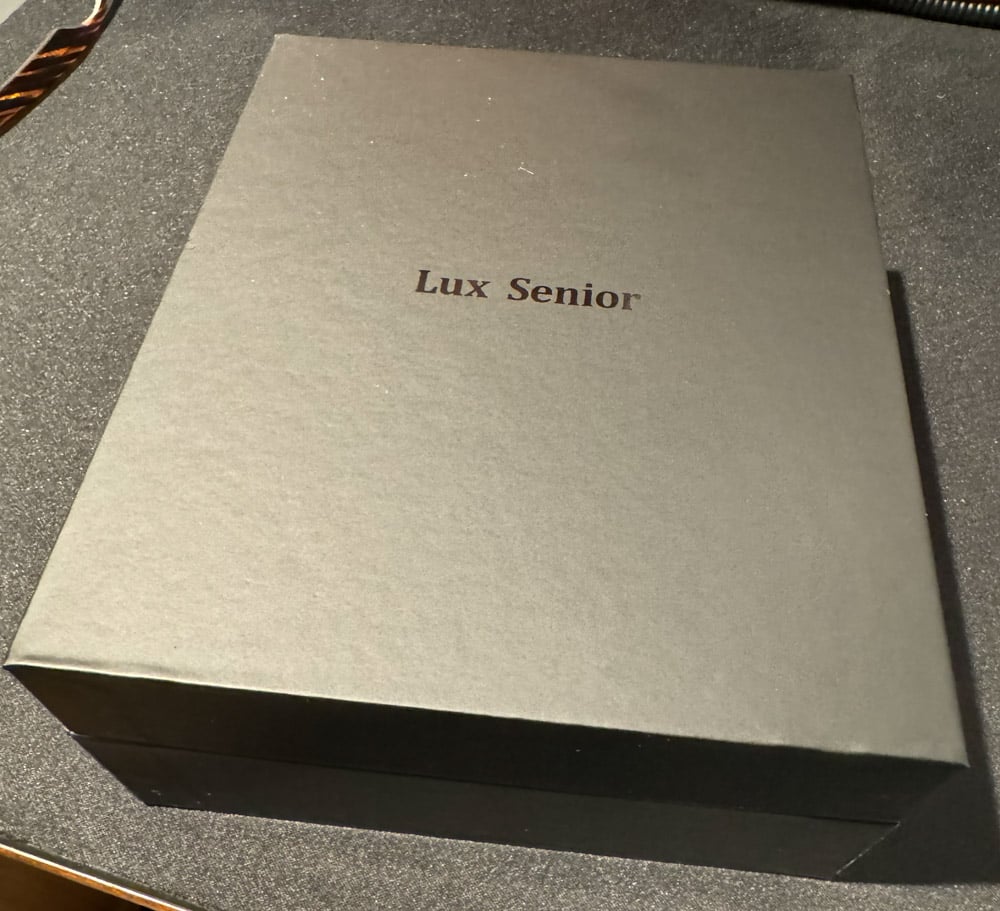
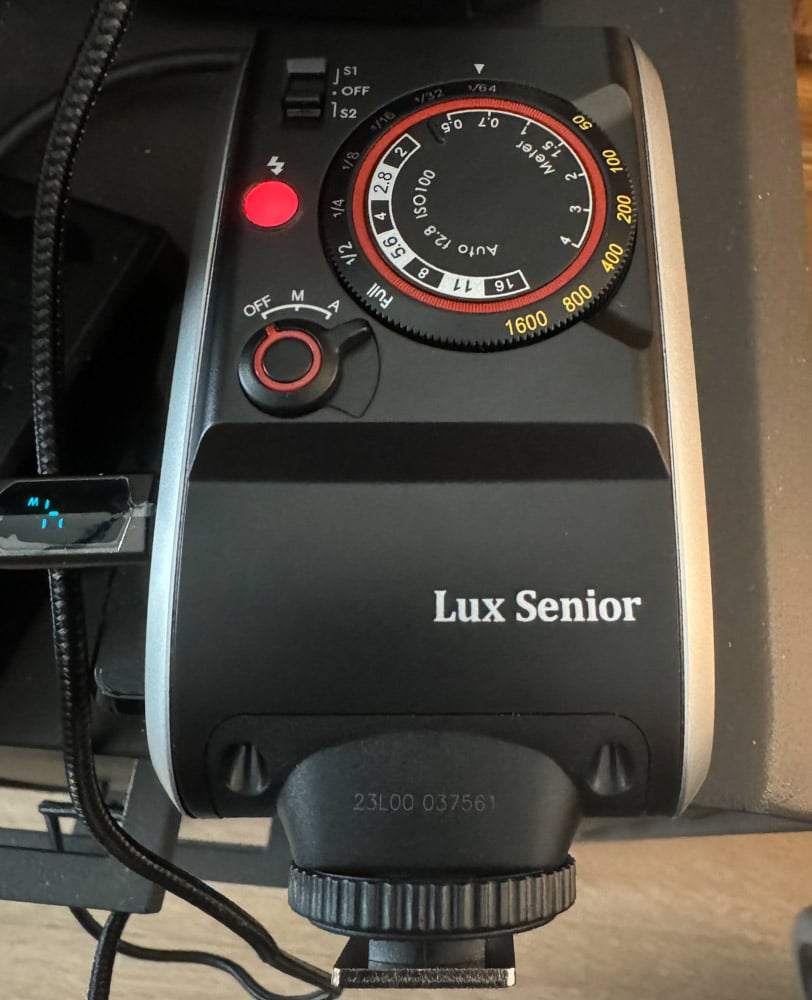
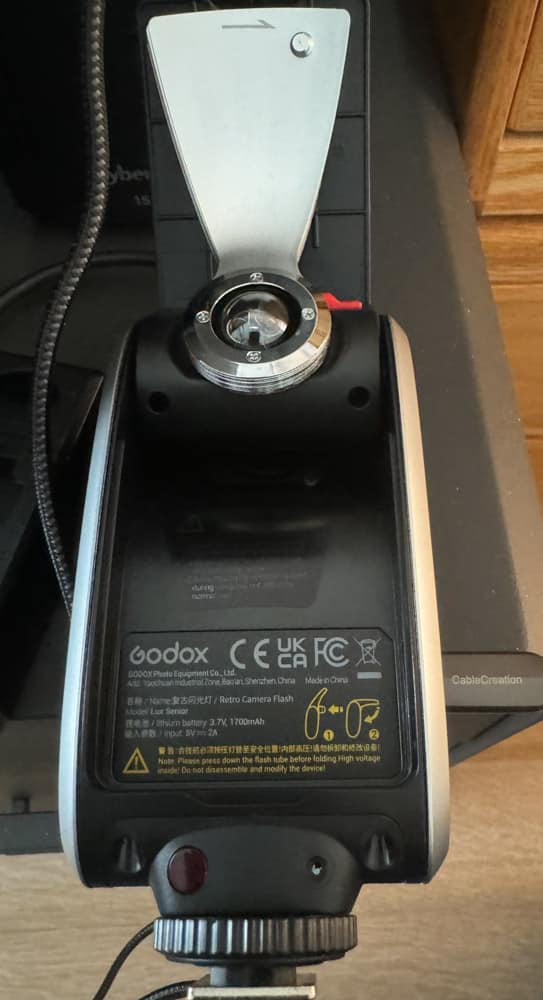
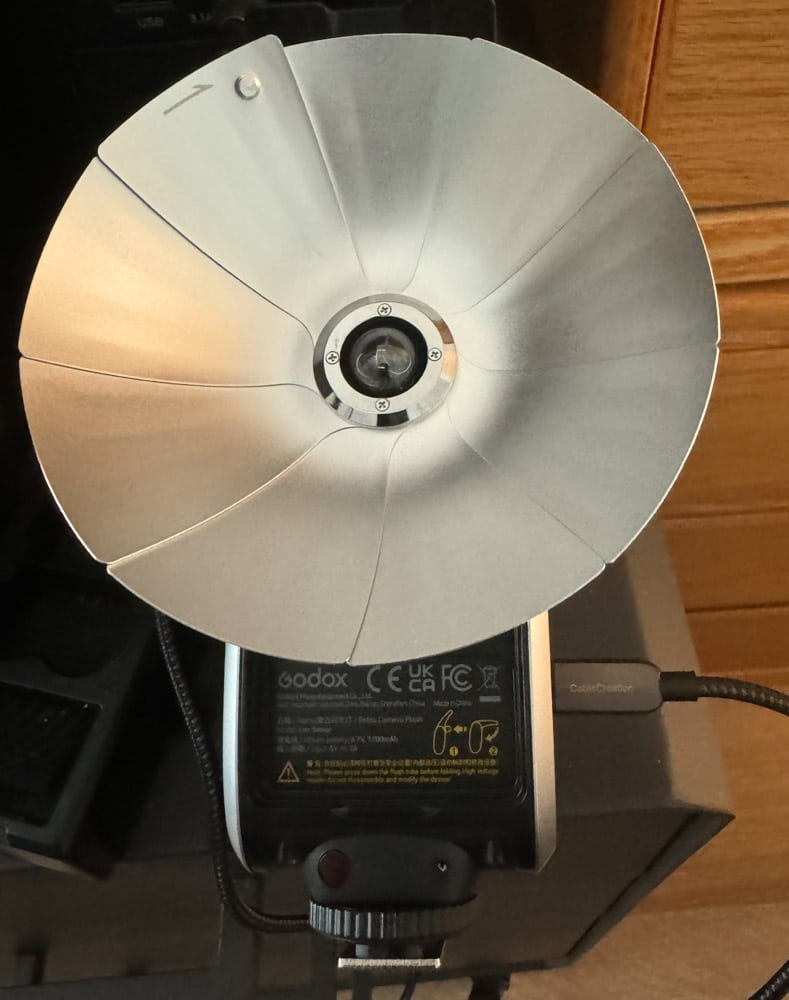
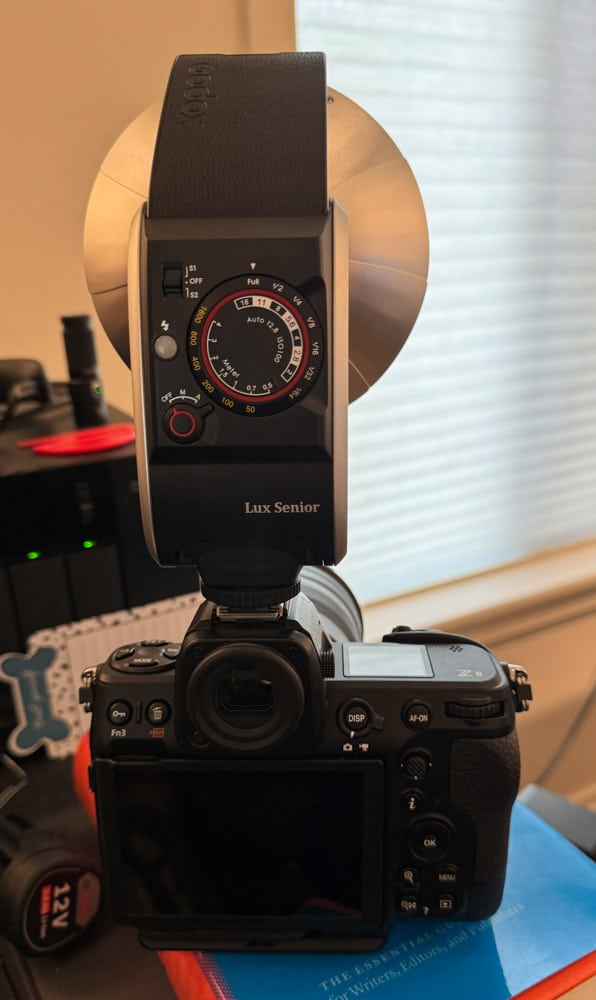
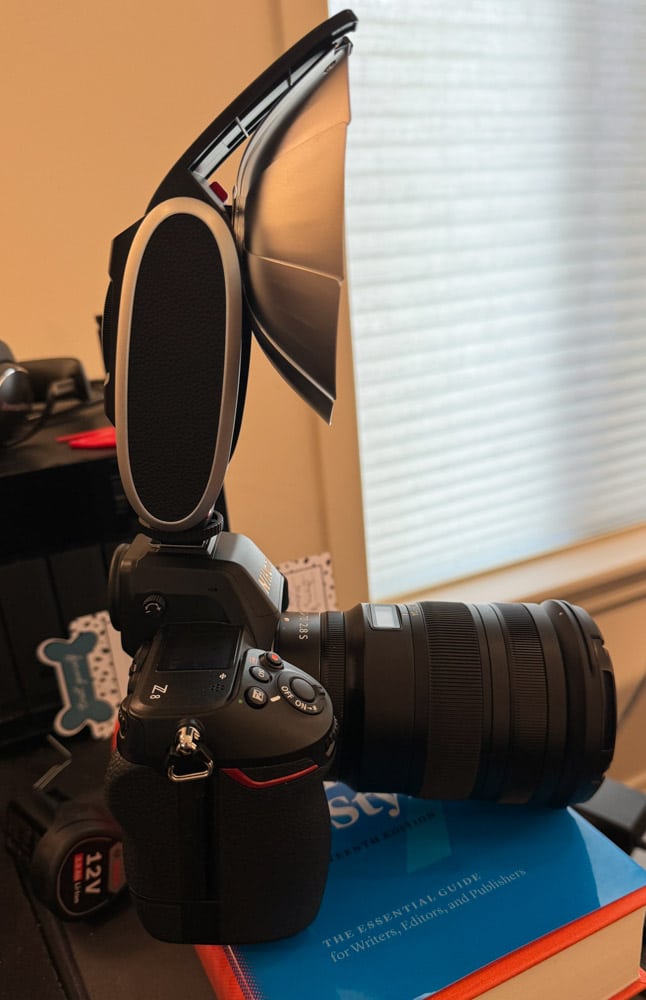
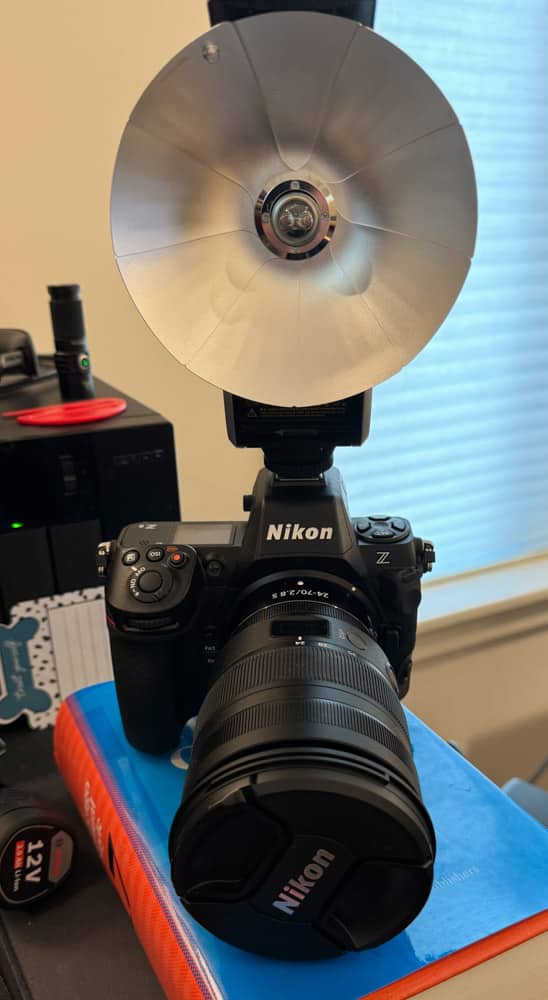
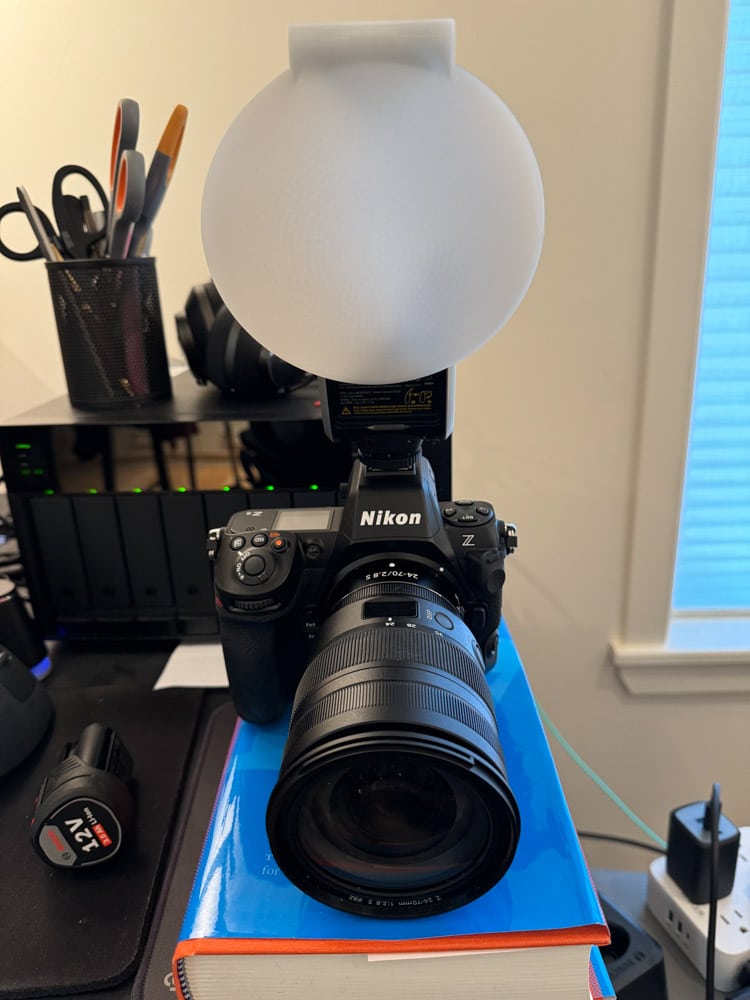
Leave a Reply